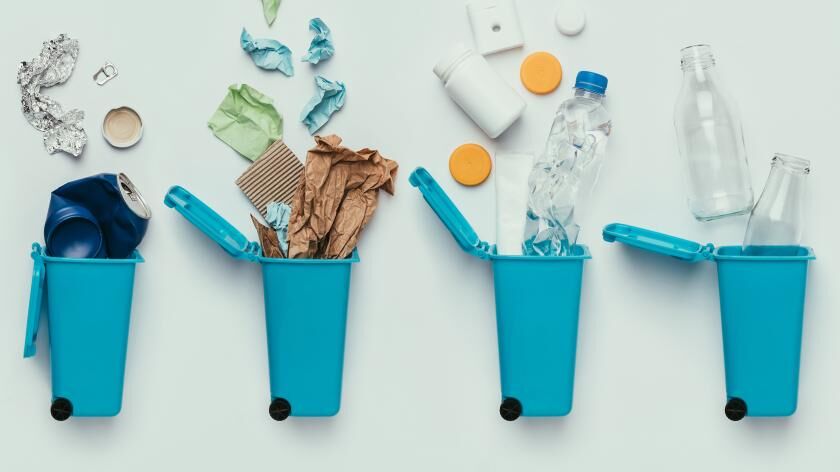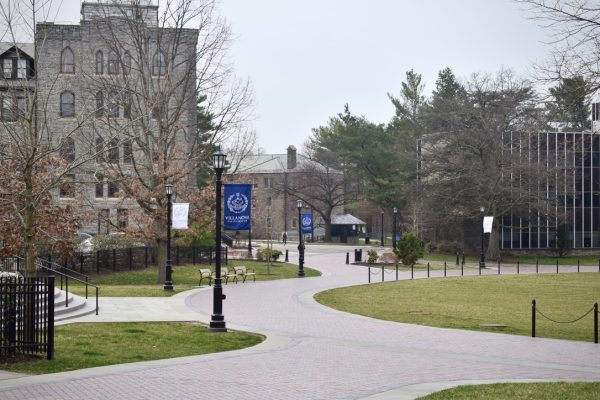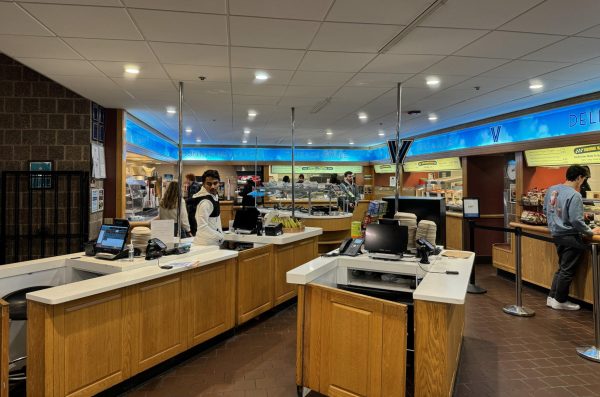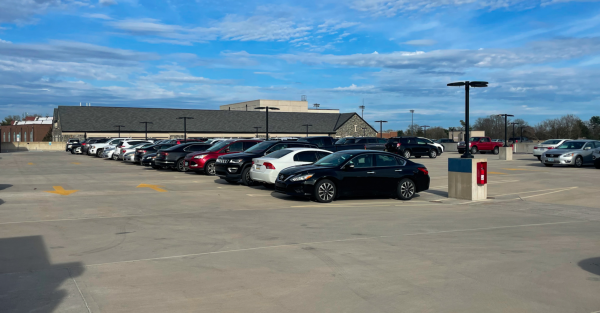How the Pandemic has Changed the Way We Recycle
Courtesy of The Minnesota Pollution Control Agency
How the Pandemic has Changed the Way We Recycle
November 19, 2020
There are many challenges dealing with recycling during a pandemic, as the University has switched mostly to single use plastics to prevent the transmission of the virus through reusable silverware. The recycling collection crew is often overlooked, but they do an excellent job of collecting the materials safely and efficiently. This pandemic has also stalled projects that are supposed to improve recycling at the University. However, operations are continuing so the University can be the cleanest and most environmentally friendly campus it can be.
The recycling collecting process for the workers has not changed much, as they still must go to all the bins and collect the materials. Specifically, the custodial and dining services staff collects trash and recycling from indoor bins and places them in the outdoor dumpsters. The grounds department staff collects trash and recycling from the outdoor bins and places it in the outdoor bins. Then, two crews running rear-load collection vehicles (in both trash and recycling) follow a collection route throughout campus. They collect the waste and recycling from the outside dumpsters. The waste stream is sent to a third-party disposal facility and converted to energy. The recycling is sent to a materials recovery facility to be sorted, baled and sold off to be remanufactured. However, safety has become more critical, as workers are wearing masks and staying conscious of social distancing.
What has not been normal is the large increase in the amount of waste that the University is producing due to the usage of single use items over reusable items. Al Motel, head of the Recycling and Waste Operations at Villanova, said the biggest change has occurred on the consumer side.
“Many reusable items have been substituted with single use items that are often not recyclable,” Motel said. “Pre-packaged foods, sanitation materials, PPE and other disposable items have become more prevalent, increasing our non-recyclable waste to recyclable waste ratio. Cardboard waste has also increased, but the demand for recycled cardboard fiber has also increased.”
The waste is mostly attributed to the exponential increase in single use plastics, as there is no waste coming from athletics and minimal waste from other activities. There has been less waste overall but a higher ratio of waste to recycling.
The increase of these single use plastics is important because they cannot be recycled and increase the amount crews need to collect. This addition of waste causes an increase in the cost of the services.
“Any increase in single use items increases the amount of waste generated, and therefore adds to the amount of material we need to collect and haul,” Motel said. “It increases costs for the department by increasing labor costs, fuel costs, equipment maintenance costs and disposal costs. It takes more time and energy to handle these materials as waste. This takes time away from other initiatives such as waste reduction or promoting recycling education.
“Unfortunately, many of these single use items are not recyclable, even though they are made of the same materials as items that can be recycled,” he added. “The recycling stream is contaminated with these items, which reduces the value of the material we recycle. This has a negative impact on recycling markets.”
These negative impacts affect the Waste Uniformity Project, which desires to create a uniform and standard recycling and waste system so consumers are not confused and the quality of the recycled materials is increased by reducing contamination. With the increase in the waste to recycling ratio, this project has been slowed. The plan includes implementing new signage on the bins and color-coding the bins like blue for mixed recycling and green for compost and organic waste. This project is important because there is not much uniformity between buildings.
Now that we have a better understanding of the recycling and waste programs at the University, what can we do to change the increase in contamination in recycling?
“First, when in doubt, throw it out,” Motel said. “The act of placing items into a recycling bin when we are not 100% sure they are recyclable is the cause for most contamination, and greatly hurts recycling effectiveness. It is actually better to throw these items in a trash bin than it is to place them in a recycling bin. Secondly, and most importantly, students should focus more on reducing waste altogether.
“Students need to think about what they purchase and whether there may be a better option. Can you reduce your waste footprint? Also, are you buying items made from recycled material, or are you buying products made from virgin material?”
Through these practices from students and the continued great work of recycling and waste management, we will have a cleaner campus.







